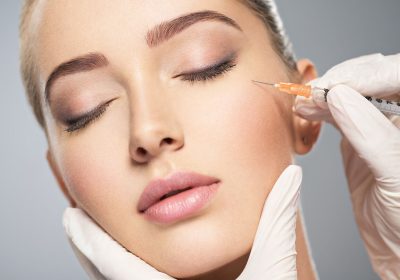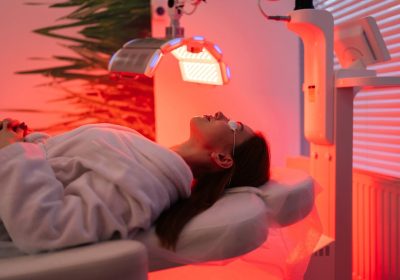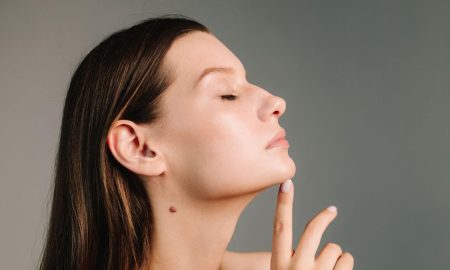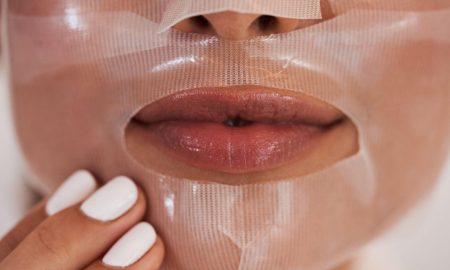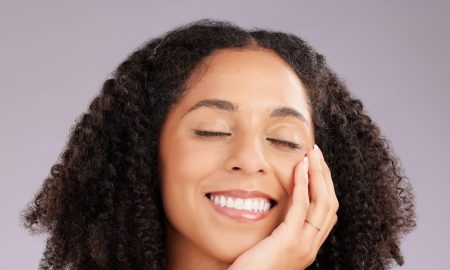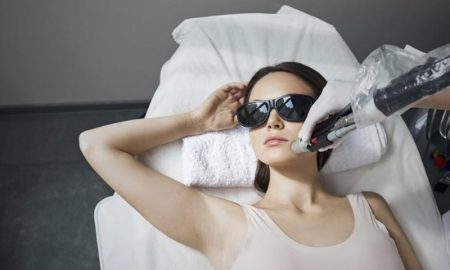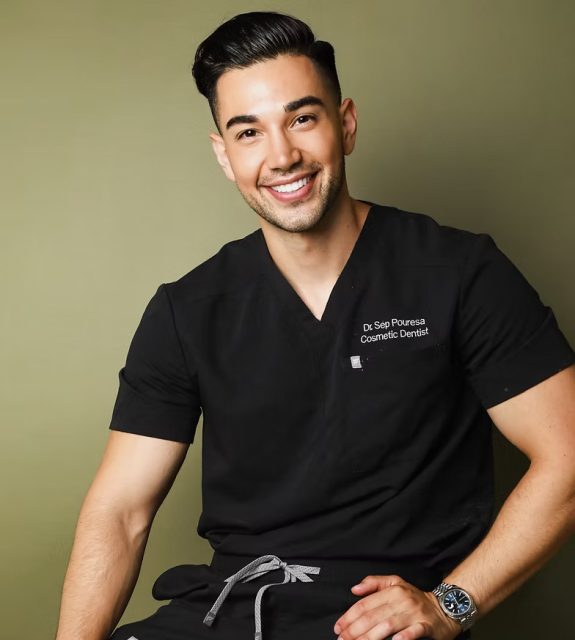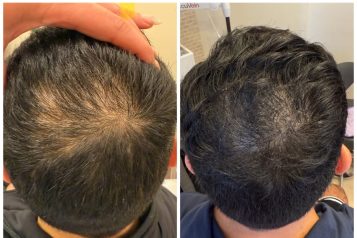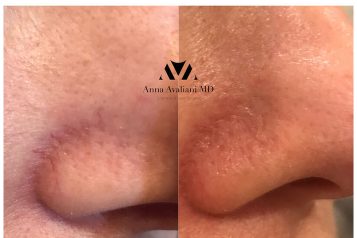Born in London, Dr. Purvisha Patel was raised in Wales (United Kingdom) and Virginia. She completed her undergraduate and medical school studies at the University of Virginia. She completed her dermatology training at The University of Tennessee Health Science Center in Memphis. Dr. Patel is certified by the American Board of Dermatology and is a member of the American Academy of Dermatology and the American Society for Dermatologic Surgery. Dr. Patel’s expertise in skin and skincare is also seen as she formulated and patented the Visha Skincare line when she saw that her products were working on patients of all ages, genders, and skin types. Dr. Patel is also a beauty influencer and her highly published dermatologist publications include Allure, Elle, Vogue, Cosmopolitan, Prevention, Readers Digest, Shape, Women's Health, etc.
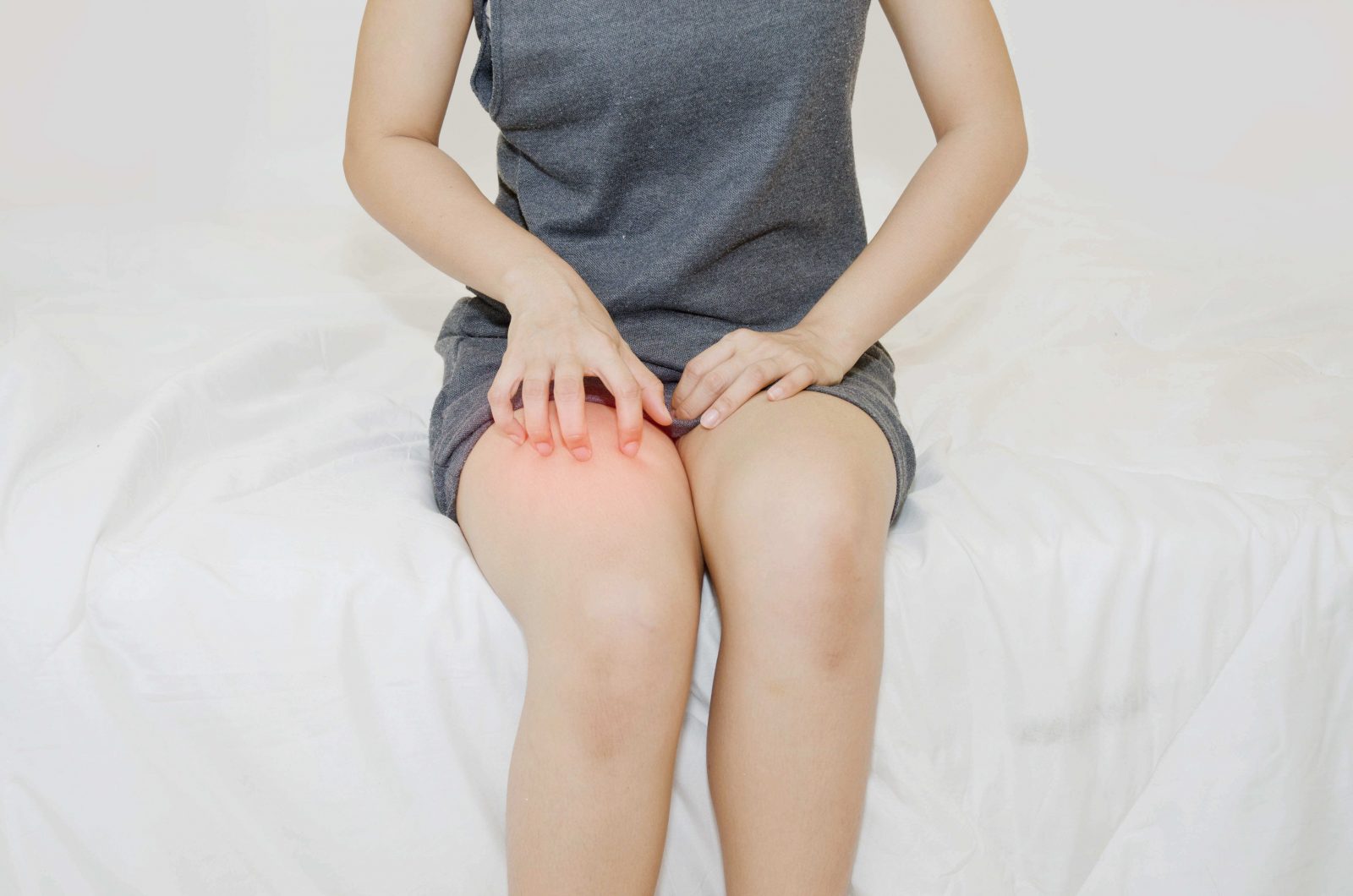 Photo Credit: Shutterstock
Photo Credit: Shutterstock
Friction, moisture, and irritating fabric. A combination that is simply a recipe for disaster, or unfortunately, chafing. As your skin starts to sting and burn, developing a red rash - it is important that we are aware of how to rid the uncomfortableness that is growing upon us. Haute Beauty expert Dr. Patel explains everything you need to know about chafing, before and after it occurs.
What exactly is chafing? When does it occur?
Chafing happens when there is repetative rubbing of the skin with skin-to-skin contact or friction of clothing. Since we humans are not shaped like stick figures, chafing happens most commonly where the arms rub the breasts, where the upper thighs touch. It most commonly occurs when the skin is moist, so it is more likely to occur during athletic activity or when it is hot outside.
Where are the common areas chafing occurs?
It is common in areas such as the upper arms and upper thighs. It happens on the nipples of breastfeeding mothers. It happens when too tight or ill-fitting clothing is worn.
What does chafed skin look like? Feel like?
When the skin is constantly rubbed, it sloughs the upper layer, revealing sensitive red inflamed skin. It may burn or feel hot to touch, and is uncomfortable or raw.
How to prevent chafing?
Chafing is prevented by protecting the skin that is getting rubbed. Clean dry skin is less prone to chafe, so wearing loose breathable clothing is helpful. Using products to protect the skin when it gets rubbed, such as Visha Skincare Face2Feet body balm with anti-inflammatory ingredients, helps soothe the skin and prevent further damage. Staying dry and losing weight if this is due to weight is helpful as well. If it is more common when sweating, using a stronger antiperspirant may be helpful
How effective are spray lubricants? Chafing balms?
Spray lubricants and balms help with chafing. They can easily sweat off, so they may need to be reapplied. Balms stick better than spray lubricants. Powders are also helpful as they absorb moisture.
What type of fabrics on clothing can cause chafing? What should be avoided?
Moisture wick clothing has become common for a reason. The fabric pulls moisture away from the skin to decrease chafing. Cotton clothing does not dry easily and stays wet, thus increasing the risk of chafing.
Anti-chafing product recommendations?
Soft bandages that cover the rubbed skin are helpful to prevent skin breakdown. Visha Skincare Face2Feet balm helps prevent chafing. Using a restorative balm such as this at night helps heal the skin. Protective agents such as vaseline or even zinc oxide paste help protect the skin from getting wet and helps with chafing as well.
Anything else you’d like to add?
It is important that the skin be given the opportunity to heal if it gets wounded. For overall skin health, we need 6 glasses of water, 8hrs of sleep, a multivitamin, and a probiotic. If there is a wound we need 40-50g of protein a day to help the skin heal.



